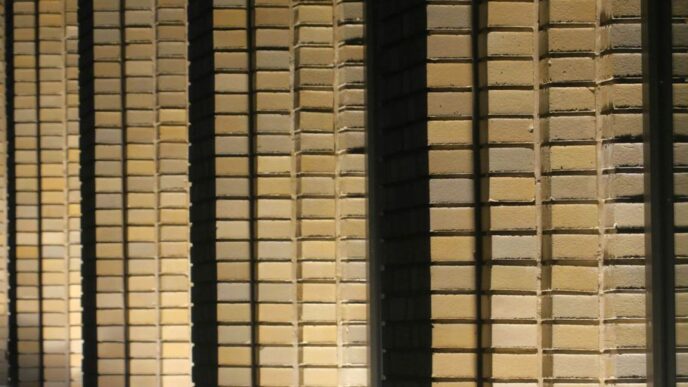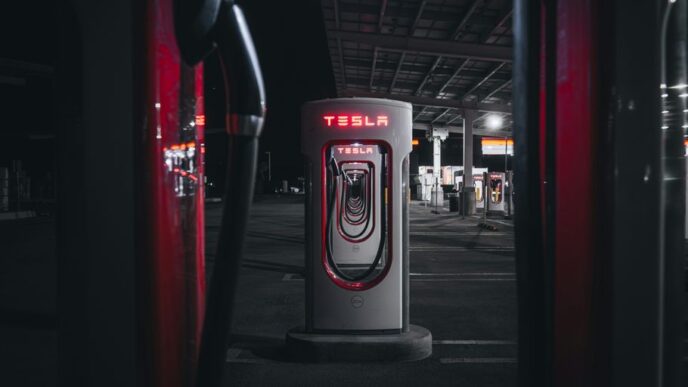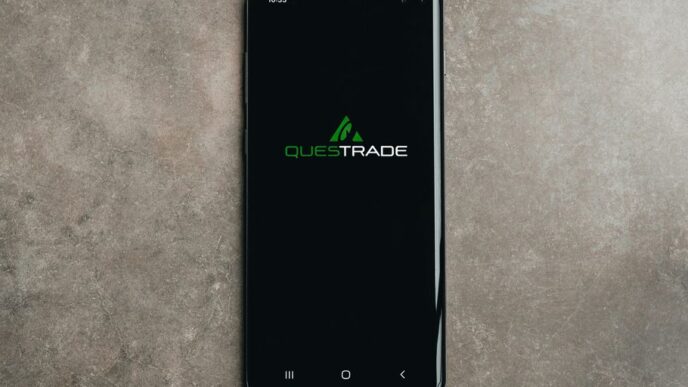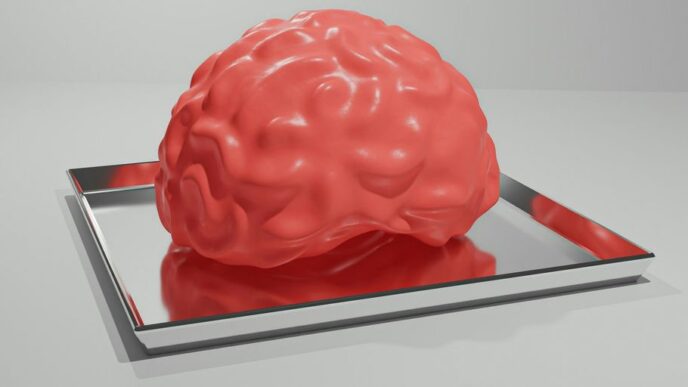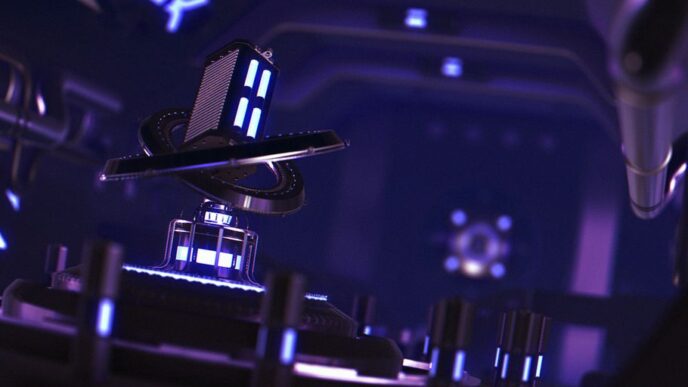Believe it or not we didn’t anticipate virtual reality to take us here. Virtual reality technology is about to penetrate into places where it does not maybe belong. It has found its way into the bathroom, the bedroom and now is encroaching into the courtroom.
Virtual reality technology knows no boundaries unless it is deployed through the will of consumers. However in the case of the courtroom set up, their users are our appointed and elected representatives. We do not know if these reps will support this ill-advised attempt to use virtual reality in the justice system, let us wait and see.
Use of VR to render evidence in court is a natural idea. Western countries lawyers have been using dioramas, drawings, and 3D-readers of crime scenes to lead a jury into the nuanced relationship between different evidence. For instance, recreating car crash can make it clearer than simple eyewitness testimony. People can lie, but the science, they say, doesn’t lie.
More interestingly VR has a unique psychological effect than a high-quality 3D renders. A render highlight crime scene in a presentation of evidence. In a real virtual space, it does not show the juror the evidence they are supposed to take into account, but instead it let the juror see and comprehend the effects of that evidence for them. A drawback here is that they’re not examining the evidence, but they are looking at a recreation, and therefore any inference they derive is now not from the crime scene or from the eye-witnesses who were at the crime scene, but from an interested party.
In a rendering or drawing, we can observe the objects and the overall shape of the scene, but the actual nuanced stuff is too minute and detailed for the most part. We can say that the knife was there on the floor, but the relationship of the knife and the entryway is quite hard to tell without a big zoom done by one of the legal teams.
VR recreations let adjudicators assume their investigator hats whether or not barristers want them to.
A freely traversable VR environment, however, can be freely investigated by jurors. And therefore puts much power in the hands of the creator of this environment. Objects in a VR environment feel like real objects, inviting jurors to take their every physical aspect as part of the scene but they aren’t real objects, this perception of extra insight doesn’t amount to a reality.
There are sorts of instances where this kind of insight could sink an overzealous prosecution, or nail down a clever criminal. Either way, it will grant juries an inaccurate feeling of competence to do their own analysis, to connect dots in ways that seem to make sense tied on how they approach the situation, but not how a cop approached while at the scene.
Accused persons deserve to defend against any claim made against them, and definitely the physical relationship between objects is quite important to many prosecutions. Therefore the coming of VR will influence most in the area not served by 2D renders.
It is arguably said that the current technologies are more than capable of illustrating the basic proofs about a offence scene. And the only applications that need VR are those that use its interactivity to its benefit.
Therefore, leading jurors “into” a crime scene has a consequence of doubling down on the human element in criminal conviction than eliminating it.

